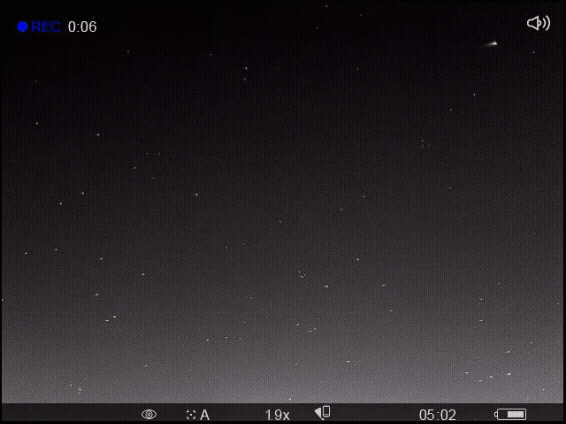A pilot who’s dedicated many years protecting an endangered species of native sea bird, says they’re a massive bird strike risk during the summer months.
Every day in summer, just before dawn, thousands of Hutton Shearwater/Kaikōura tītī seabirds flock from the Kaikōura Ranges, to the Kaikōura shoreline.
“The probability of bird strike is actually pretty high,” says private pilot Ted Howard.
“I went up to Mt Fyfe Hut in the Kaikōura Ranges in January with my thermal camera.”
“About 0530, there were just thousands darting overhead.”
“Suddenly I thought, ‘Oh man, these birds could pose a real danger.’”
CAA Assessor Investigator, Velma Scholz, agrees.
“Operators should include the hazards associated with wildlife, as part of their risk management strategy. This is especially if your type of operations might require operating in the Kaikōura area in the early hours of the day.”
The Hutton Shearwater could do serious damage to an aircraft. Their wingspan is just under a metre and they weigh about 350 grams.
They also fly in dense formations. All the birds in the attached video are within a 400-metre wide tunnel.
“You’d never see them from your cockpit,” says Ted, “a dark bird at night, no chance.
“Pilots need to be aware of them but no one really knows they’re there.”
Ted is also the Chair of the Hutton Shearwater Charitable Trust. He says the Shearwaters lay their eggs about 4,500 feet up, and about 25km back from the sea.
“There’ll be a few going back and forth from their nests to the shore all night. But nothing like just before dawn,” he says.
The first of the 450,000 Hutton Shearwaters that will return to New Zealand each year, have already arrived.
They’ll leave for the Indian Ocean again at the end of March.
“Until then, pilots need to be aware if they’re transiting the Kaikōura area, particularly just before daylight,” says Velma.
For guidance on how to report bird incidents, please see:

Footnote
Main image iStock.com/imagedepotpro
